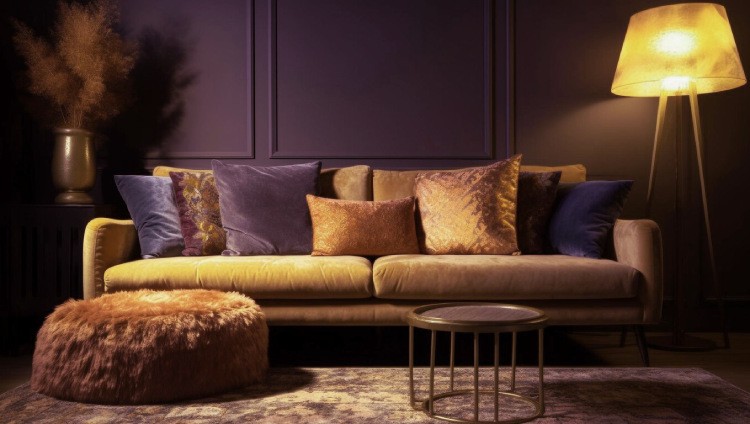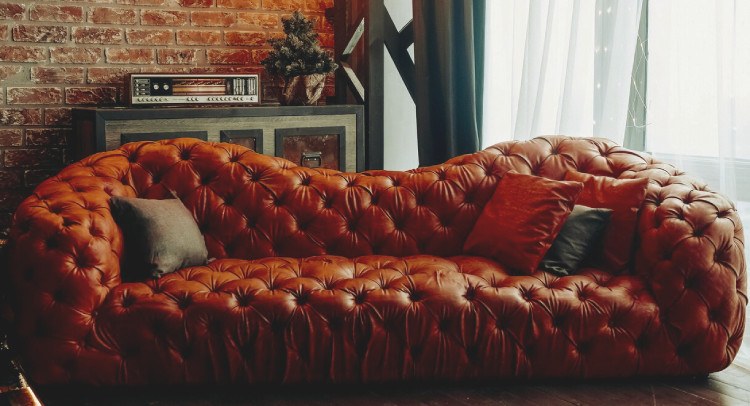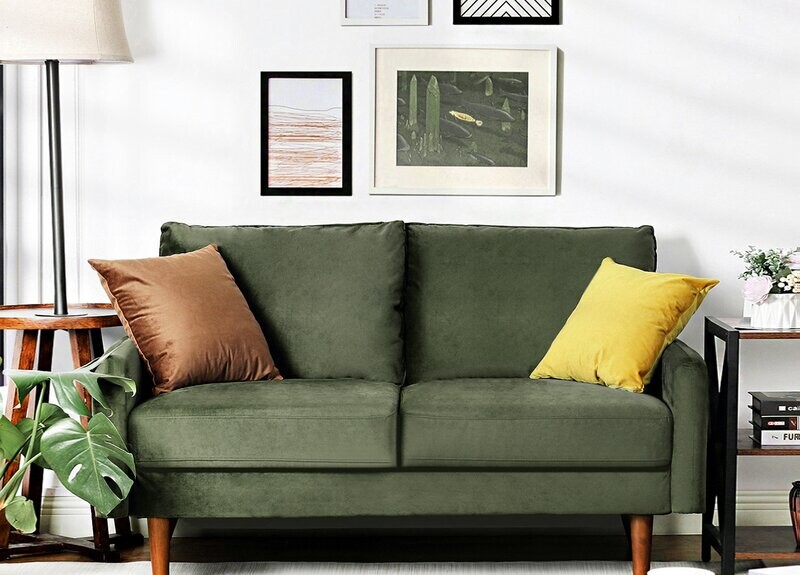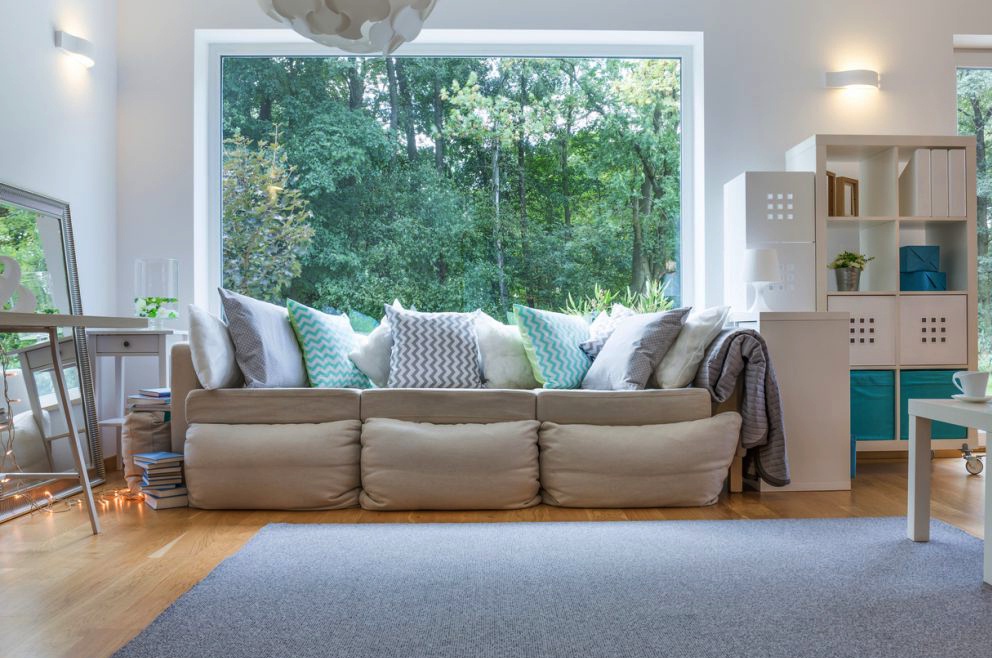Choosing the perfect sofa for your living room is a difficult task, especially if you are doing this for the first time. We have to pay attention to numerous factors, including the size of the sofa, its shape and, of course, its color.
In this article we will pay special attention to the colors and which of them are most suitable in your case as well as which of them is better to avoid (for more information on this topic, see on Home-Blogger.com).
There Are No Perfect Colors
Choosing the perfect color for a sofa can be a complex and highly personalized decision. The idea that there is a single, universally ideal color for every living room is a misconception.
Instead, the ideal color for your sofa depends on a myriad of factors unique to your home, making the selection process more nuanced. Each apartment or house has its distinct characteristics, which influence how colors are perceived and how they function within a given space.
For instance, consider the architectural style of your home, which can significantly impact the choice of sofa color. Modern homes with minimalist decor might benefit from sleek, neutral tones that complement clean lines and open spaces.
Conversely, traditional homes with rich woodwork and ornate details might call for deeper, more classic hues that resonate with the room’s established style.
Additionally, the size and shape of the room play crucial roles in determining the most suitable color for your sofa. In a spacious living room with high ceilings, you might have the flexibility to experiment with bolder or more vibrant colors, as these spaces can often accommodate and balance such choices.
However, in a cozy, intimate room, the same bold colors might overwhelm the space or create a sense of visual clutter. Lighting is another critical factor to consider when selecting a sofa color. Natural light, artificial lighting, and the direction from which light enters the room can all affect how colors appear.
For example, a sofa color that looks perfect in natural daylight might take on a different hue under the artificial lighting of your living room. It’s essential to observe how potential sofa colors interact with your room’s lighting conditions throughout the day to ensure a harmonious match.
Choose Neutral Colors

Amid the complexities of choosing the right sofa color, embracing simplicity through neutral colors can be a practical and effective strategy. Neutral tones such as beige, grey, taupe, and even soft whites offer a versatile foundation that can blend seamlessly with various decor styles and color schemes.
These colors are not only timeless but also provide a flexible backdrop that allows you to change other elements of your decor more easily over time. Opting for a neutral-colored sofa can also be a wise decision from a practical standpoint.
Neutral colors are less likely to show wear and tear or dirt compared to more vibrant hues. This can be particularly advantageous if you have a busy household or young children, as a neutral sofa is less likely to highlight stains or damage.
Additionally, because neutral colors are inherently more versatile, they offer greater adaptability when it comes to updating your decor or incorporating new trends without necessitating a complete overhaul of your living space.
If you find that you desire a pop of color or more visual interest in your room, consider integrating vibrant or bold accents through accessories like cushions, throws, rugs, or artwork.
These smaller, more easily changeable items can add a dynamic touch to your space without committing to a more permanent and potentially problematic sofa color choice.
Consider the Size of Your Room
When selecting a sofa color, the size and layout of your room should heavily influence your decision. For larger rooms, light-colored sofas can create a sense of airiness and spaciousness. Shades such as pale beige, soft grey, or light taupe can help to enhance the room’s open feel and maintain a balanced aesthetic.
Light colors tend to reflect more light, which can contribute to an overall sense of openness and make the room feel less cluttered. In addition to color, the design and scale of the sofa can also impact the room’s perception of space.
For larger rooms, consider a sofa with clean lines and a streamlined profile to complement the spacious environment. A light-colored sofa with a minimalist design can enhance the sense of openness and maintain a cohesive look within a large living area.
Conversely, for smaller rooms, dark-colored sofas often work better to create a more intimate and cozy atmosphere. Darker hues such as deep navy, charcoal, or rich chocolate can visually shrink the furniture, making it appear less dominant in a confined space.
This can help prevent the room from feeling overwhelmed or crowded by large, contrasting elements. Dark colors can also provide a grounding effect, which can be particularly useful in creating a balanced and inviting atmosphere in smaller rooms.
Additionally, when choosing a sofa color for a small room, consider opting for a design that includes features like slender legs or a compact profile. These design elements can help to maximize the perception of space and prevent the sofa from visually overpowering the room.
Harmonizing with Existing Decor

Another important aspect of selecting a sofa color is how well it harmonizes with the existing decor and furnishings in your room. Consider the color scheme of your walls, flooring, and other major pieces of furniture.
The sofa should complement, rather than clash with, these elements to create a cohesive and visually pleasing environment. For example, if your room features bold wall colors or intricate patterns, a neutral or subtle sofa color might be the best choice to balance the overall look.
On the other hand, if your decor is predominantly neutral, a sofa in a more distinctive color or pattern can serve as a focal point and add visual interest to the room.
It can also be helpful to gather fabric swatches or samples of potential sofa colors and place them in your room to see how they interact with the existing decor. This allows you to assess how different colors look in various lighting conditions and against your room’s color palette.
Taking the time to experiment with these samples can help you make a more informed decision and ensure that the final choice enhances the overall aesthetic of your space.
Conclusion
Selecting the right color for your sofa involves a thoughtful consideration of various factors, including the unique characteristics of your room, your existing decor, and your personal preferences.
While there is no single perfect color that suits every home, following general guidelines can help you make a more informed decision.
Embracing neutral colors offers versatility and practicality, while carefully considering the size of your room and how the sofa color interacts with other elements can ensure a harmonious and aesthetically pleasing result.
By taking these factors into account, you can choose a sofa color that enhances your living space and reflects your individual style.





